Case Study: How NORVI Controllers Helped an OEM Streamline Production
Legacy Machines to Smart Machines with NORVI Controllers 🧾 Client Overview The client is a coffee machine manufacturer based in Thailand, producing automatic coffee brewing
There are three types of NORVI Expansion modules are available as follows;

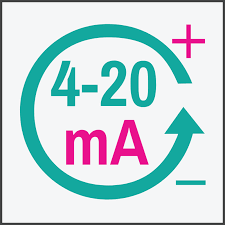
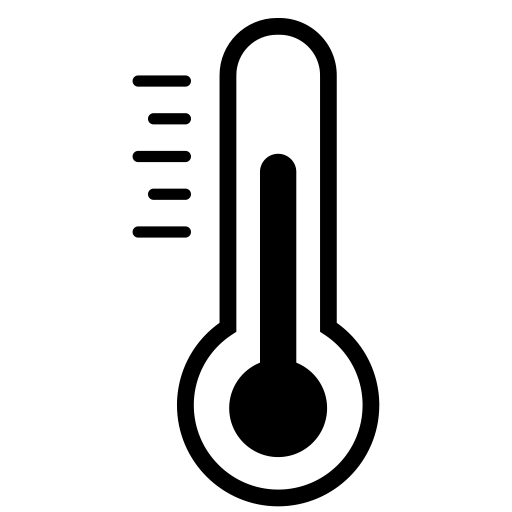

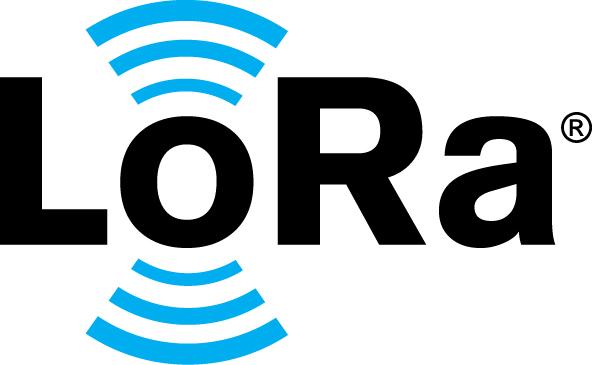
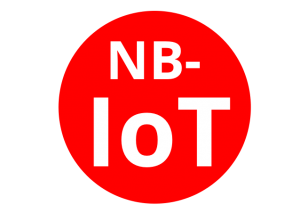
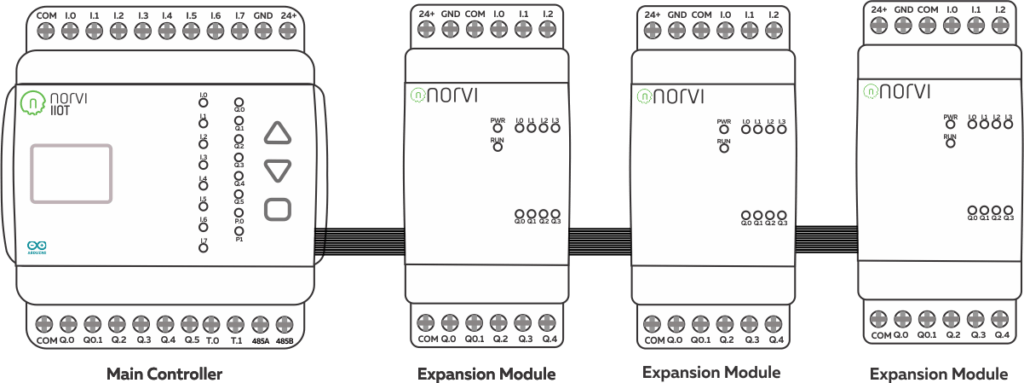
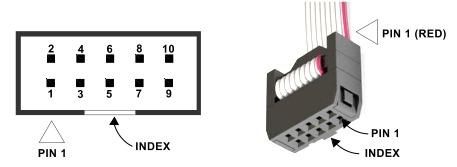


The LoRa communication module provides ultra-long-range spread spectrum communication and high interference immunity while minimizing current consumption. The module is certified by the EN.

Nb-IoT communicaon module with the BC95-G provides ultra low power communicaon interface for NORVI controllers. The module supports the global bands making it applicable around the world with a super high sensivity.
I2C Interface with controller

4 channel 0 – 10V inputs with ADS1115 16 bit ADC provides high accuracy analog inputs.
I2C Interface with controller

4 channel 0 – 10V inputs with ADS1115 16 bit ADC provides high accuracy analog inputs.
I2C Interface with controller

2 channel thermocuple interface, with cold juncon compensaon, straight temperature readouts with 0.25′ C resoluon.
I2C Interface with controller

2 channel load cell interface with HX711 24 bit ADC
I2C Interface with controller
Coverage and Range: LoRa (Long Range) technology excels in providing long-range communication capabilities, making it ideal for projects that require connectivity over large distances or in areas with limited infrastructure. NB-IoT (Narrowband IoT) operates on existing cellular networks and offers better coverage in urban areas but may have limitations in remote or rural locations.
Power Consumption: NB-IoT typically consumes less power compared to LoRa, making it suitable for battery-operated devices or applications where power efficiency is critical. LoRa, on the other hand, is more suitable for applications where power consumption is less of a concern, but long-range communication is essential.
Data Rate and Bandwidth: LoRa provides higher data rates and bandwidth compared to NB-IoT, allowing for faster transmission of large volumes of data. If your project requires high-speed data transfer, LoRa may be the preferred choice. However, NB-IoT’s lower data rates are often sufficient for applications that involve periodic transmission of small data packets, such as sensor readings.
Cost: LoRa modules and infrastructure may have lower upfront costs compared to NB-IoT, as LoRa operates on unlicensed spectrum, reducing the need for expensive cellular subscriptions or infrastructure. Analog input expansions, depending on the specific components and implementation, can offer a cost-effective solution for projects with simpler requirements or budget constraints.
Interference and Regulation: LoRa operates in the unlicensed ISM (Industrial, Scientific, and Medical) bands, which may be susceptible to interference from other devices operating in the same frequency range. NB-IoT operates on a licensed spectrum, providing better immunity to interference but requiring compliance with cellular regulations and potential subscription costs.
Sensor Compatibility: Analog input expansions allow for direct interfacing with analog sensors, making them suitable for projects that require integration with a wide range of analog sensors without the need for additional digital conversion hardware. However, LoRa and NB-IoT modules may require additional sensors or interfaces to connect to analog sensors, adding complexity and cost.
Legacy Machines to Smart Machines with NORVI Controllers 🧾 Client Overview The client is a coffee machine manufacturer based in Thailand, producing automatic coffee brewing
Custom Electronics give startups a competitive edge, with better scalability, efficiency and unique differentiation.
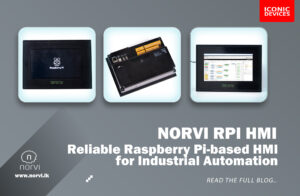
The NORVI RPI Industrial Controller offers a versatile, Raspberry Pi-based Human-Machine Interface (HMI) tailored for industrial automation engineers. Combining the flexibility of Raspberry Pi with
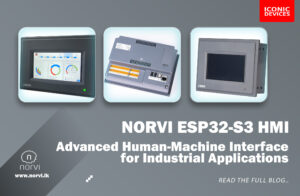
In Industrial Automation, Advanced Human-Machine Interface (HMI) play a crucial role in facilitating control and monitoring of processes. The NORVI ESP32-S3 HMI is designed to
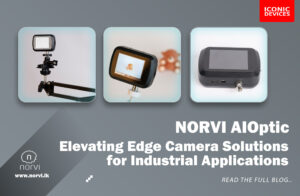
In the realm of industrial automation and IoT, reliable and powerful edge devices are paramount. The NORVI AIOptic-Edge Camera Solutions, based on the ESP32-S3, offers
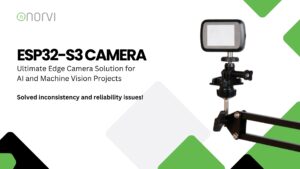
When working on AI and machine vision projects, consistency and reliability are key. However, many ESP32-based camera modules available on the market today fall short,